As America continues to grapple with the aftermath of the COVID-19 pandemic, new research is suggesting children are hit the hardest. Between March 2020 and July 2022, more than one million people, including 1,600 children, died of COVID-19. The emotional and mental effects on children are only beginning to be understood.
Across the country, researchers, school leaders, parents, and caregivers say America’s children are experiencing a mental health pandemic. In Oct. 2021, the American Academy of Pediatrics, the American Academy of Child and Adolescent Psychiatry, and the Children’s Hospital Association issued a joint statement of a National State of Emergency in Children’s Mental Health, with concrete suggestions to improve the welfare of America’s children.
According to a more recent report from the 2022 Kids Count Data Book from the Annie E. Casey Foundation, 12 percent of kids (ages 3-17) experienced anxiety or depression in 2020, a nearly 3 percent increase over 2019.
Along with COVID-19, bullying contributed to their stress. For example, 3.7 million kids (5 percent) reportedly had been treated or judged unfairly based on their race or ethnicity, and 649,000 (1 percent) based on their sexual orientation or gender identity.
The report makes a case for increasing investments to advance childhood well-being through four key pillars: economic well-being; education; health; and family and community. The connections between these four pillars require a multi-faceted approach to improving children’s health at a variety of levels.
How could this multi-faceted approach work? Check out a couple examples:
- After Michigan schools closed in March of 2020, Detroit Public Schools Community District had to move quickly to ensure their students could still be fed. DSPCD serves more than 530,000 children, and seventy-eight percent of the district relies on free or reduced school lunch programs. Read more about how W.K. Kellogg Foundation grantees DPSD and Gleaners built new models to reduce childhood hunger, what they’ve learned, and where they’re going from here.
- In New Orleans, a recent New Orleans: A Child’s World discussion panel with environmental justice leaders reveals how inspiring young people to get involved in environmental justice is changing how we build a more just and sustainable future. Read more about how providing healthier outdoor spaces, reducing pollution, and supporting experiences to grow themselves and essential plants and food can increase childhood, family and community well-being.

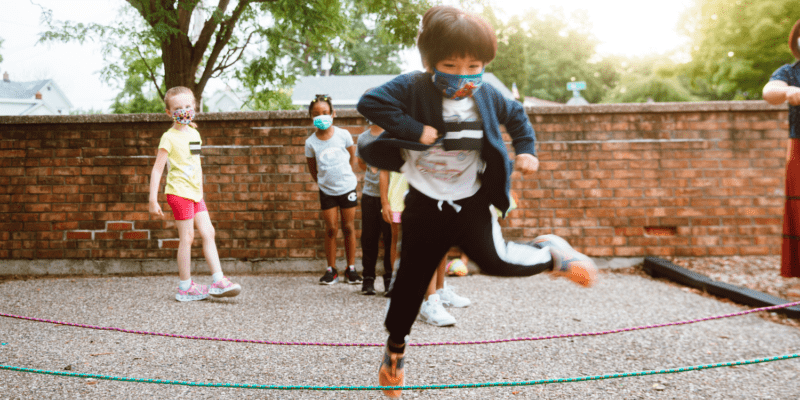

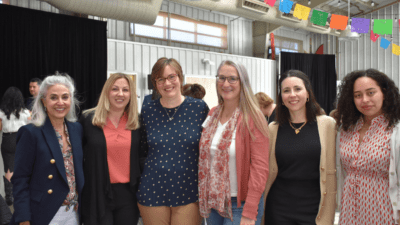
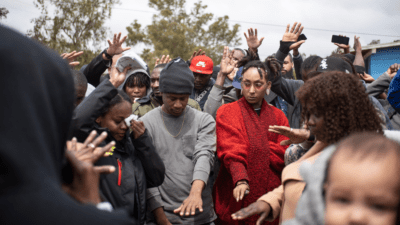
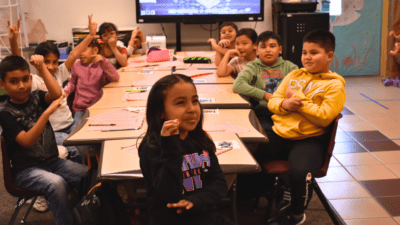
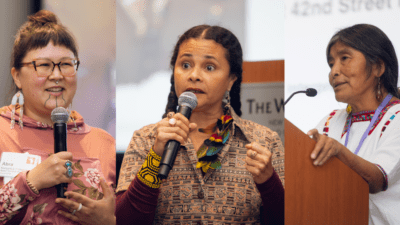

Comments